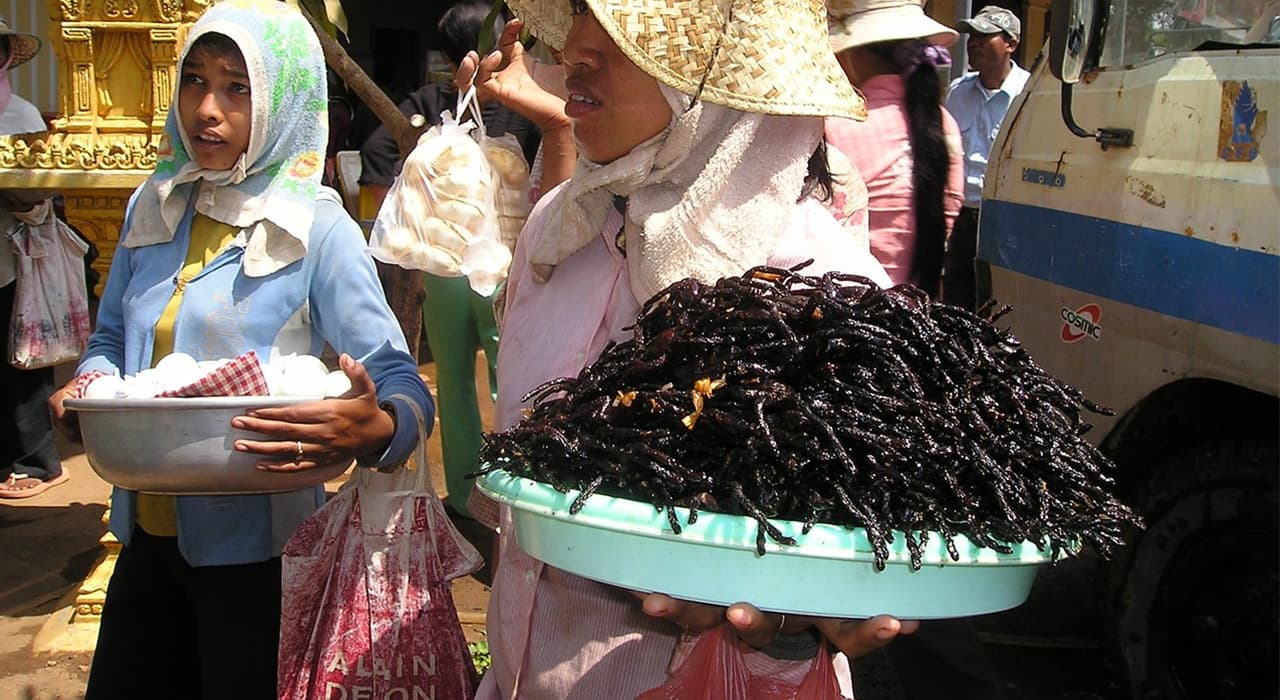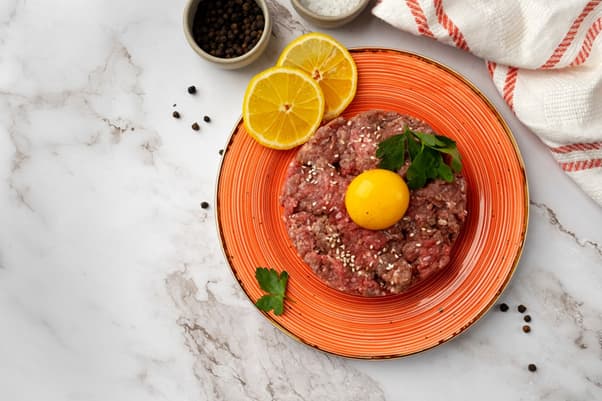The nutritional value of furry skuon spiders was discovered in the second half of the 1970s by refugees hiding in the forests from the Pol Pot people, who exterminated 1.7 million of their fellow citizens. To survive, they ate whatever they could get their hands on: crickets, wasps, water beetles, insect larvae. And skuon a-pings. It wasn’t until several years later, when “collective farm communism” was over, that its surviving victims returned home and remembered that roasted tarantulas were very tasty.
Thus a-pings became an expensive delicacy. It costs 300 riel per piece (about 8 U.S. cents or two and a half of our rubles). Keep in mind – a third of Cambodia’s population lives below the poverty line and has an income of less than a dollar a day per person.
A-ping has also become a lucrative trade. Most of the inhabitants of Skuon earn a living catching spiders, cooking them and selling. A good sale – 100-200 pieces a day – for this delicacy whole buses of gourmands come here. This, by Cambodian standards, a very good business.
Those who love a-ping say that it is not only very tasty but also good for your health. It helps for sciatica and some respiratory diseases. Spider legs, belly and poisonous jaws are infused with rice wine. The dark brown cloudy liquid raises the tone. It is, by the way, much loved by Cambodian truckers passing through town. Quality “spider wine” costs $2 a liter, but you can cheer yourself up and not such a high price.
Admittedly, foreign tourists are not yet ripe for a-ping. But the popularity of this dish among Cambodians is so high that environmentalists have already started sounding the alarm. They fear that the spider population will be eaten. In Skuon, these assumptions are only scoffed at… Although once, they say, it really nearly translated into reality – in 2000, when almost the entire population of Phnom Penh moved to celebrate the New Year in Angkor – the ancient Cambodian capital, now a museum city of Buddhist temples. And the road there goes just through Skuon…
How to cook a-ping
The spiders are naturally caught. Then they are slowly roasted over an open fire (wood fire is obligatory!) with lots of salt and garlic. The tarantula is ready if the black chitinous shell turns a reddish-brown color. If not overcooked, the spider turns out with a crispy “crust” and very tender inside. It is eaten scalding hot.




